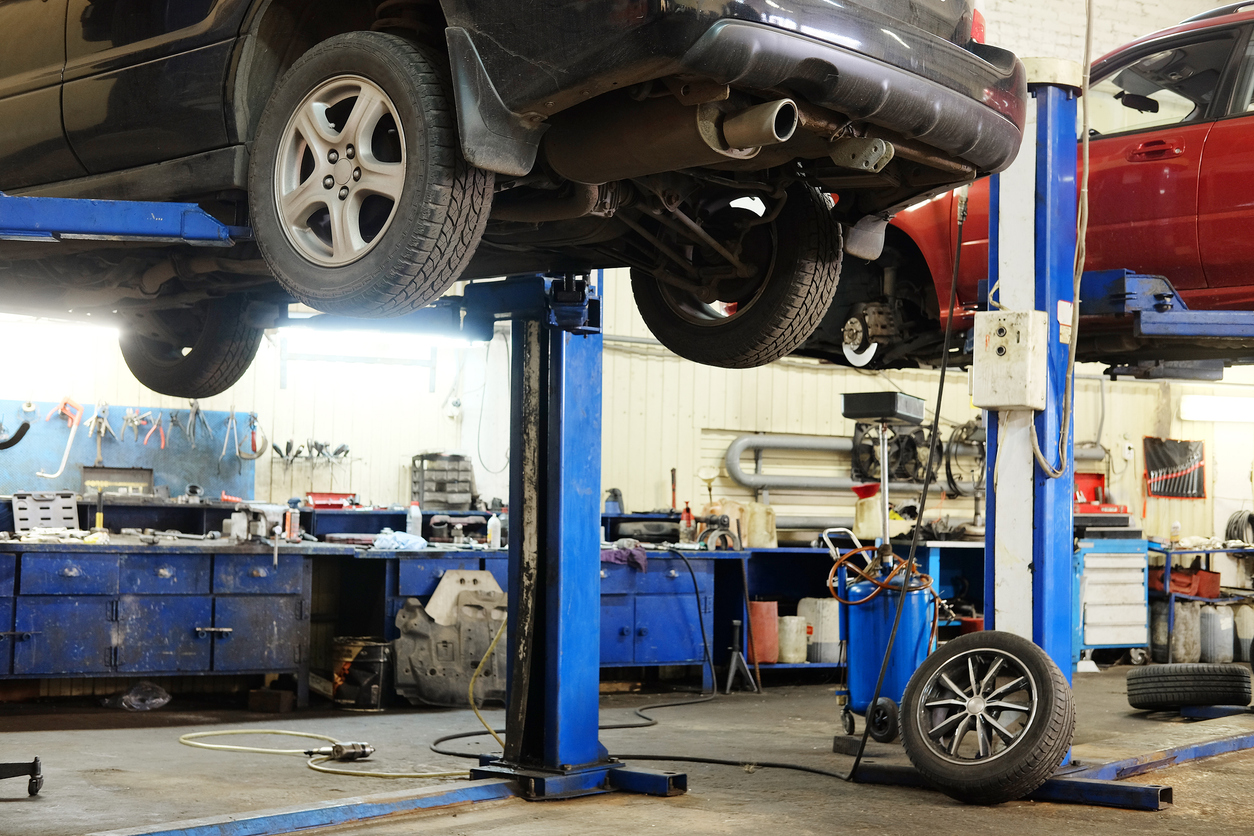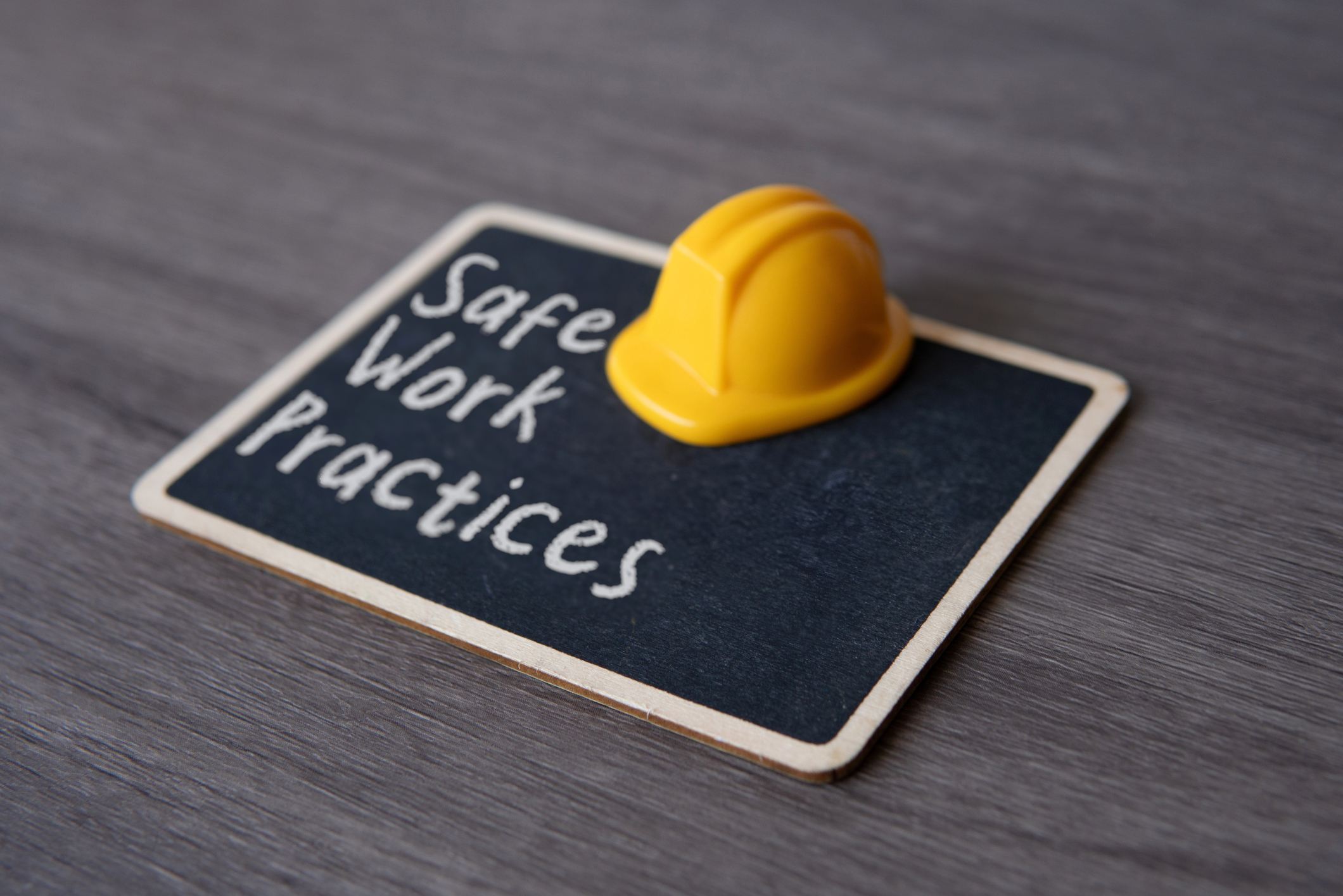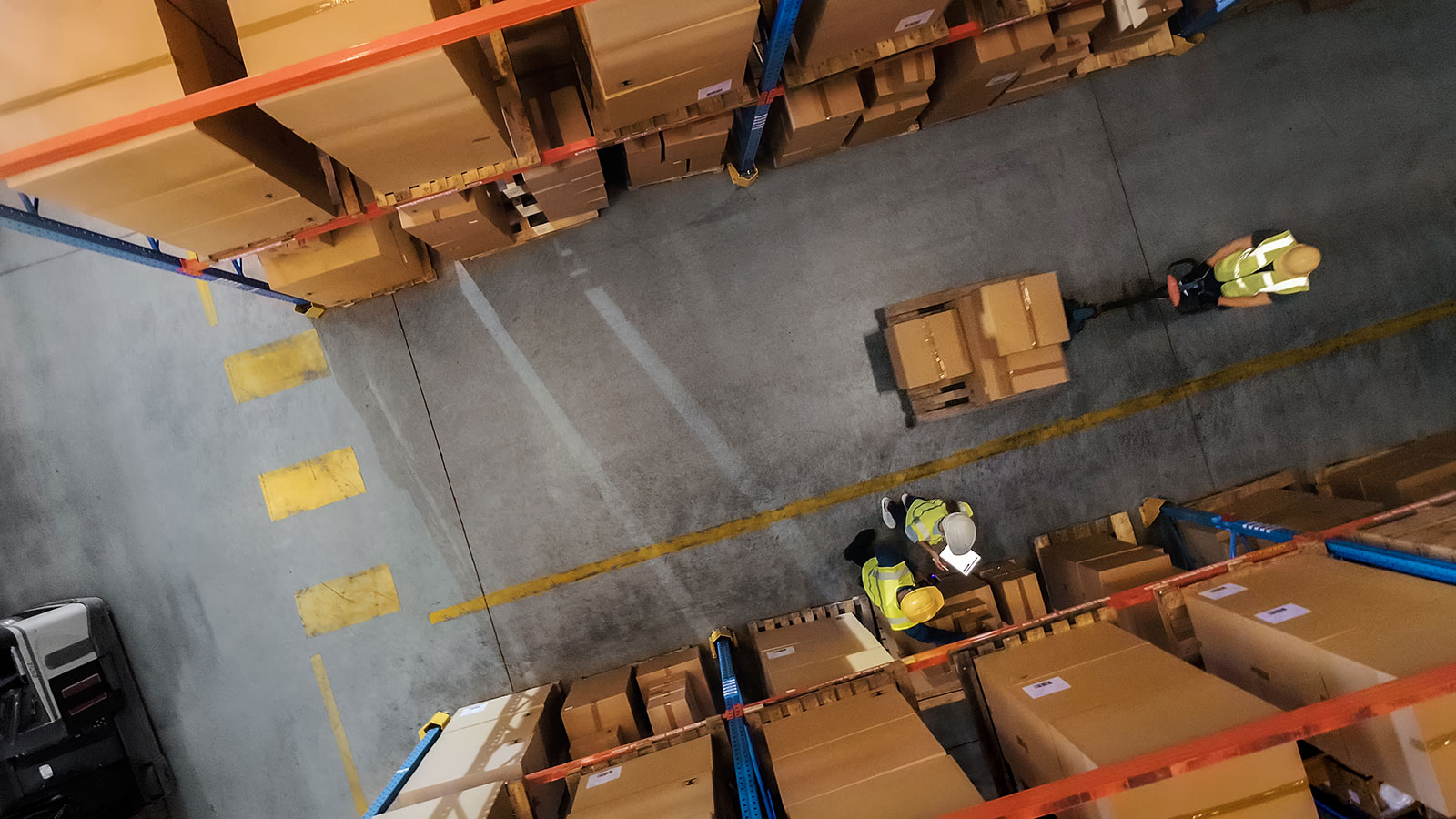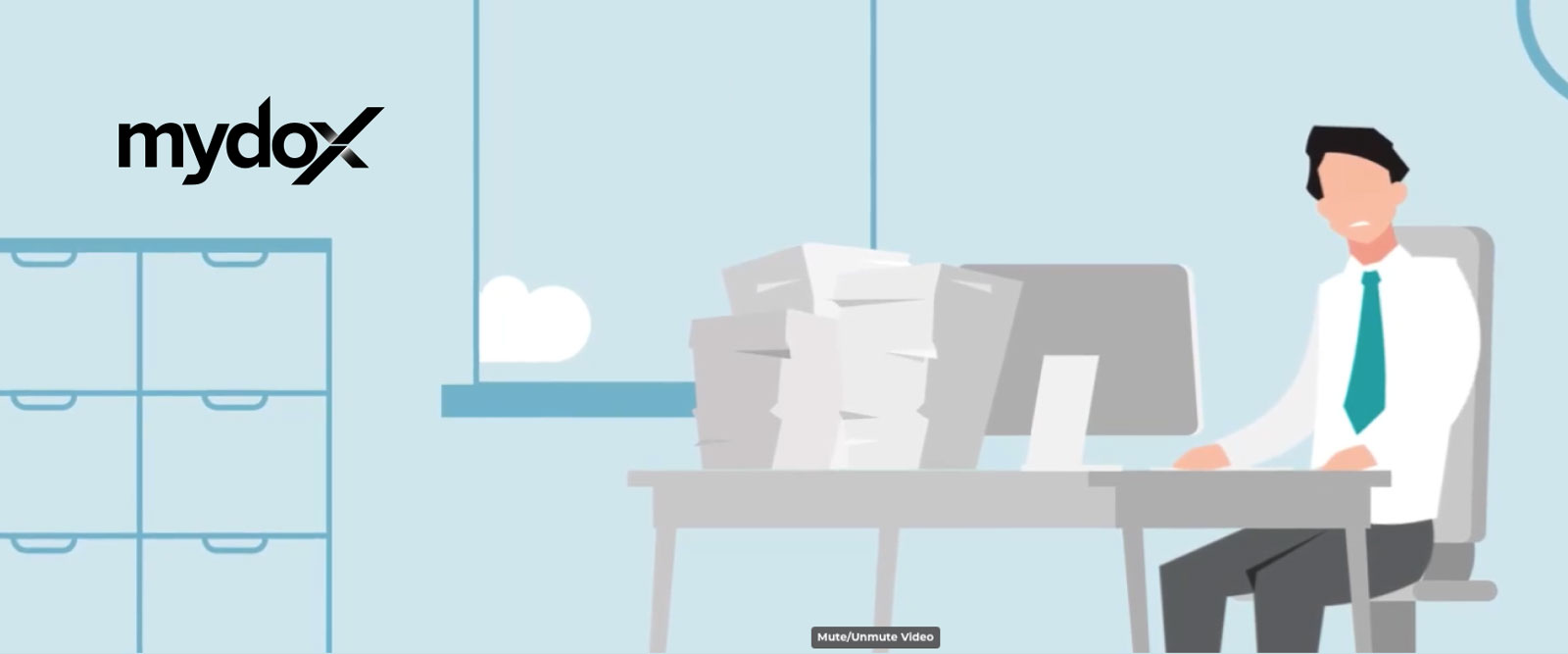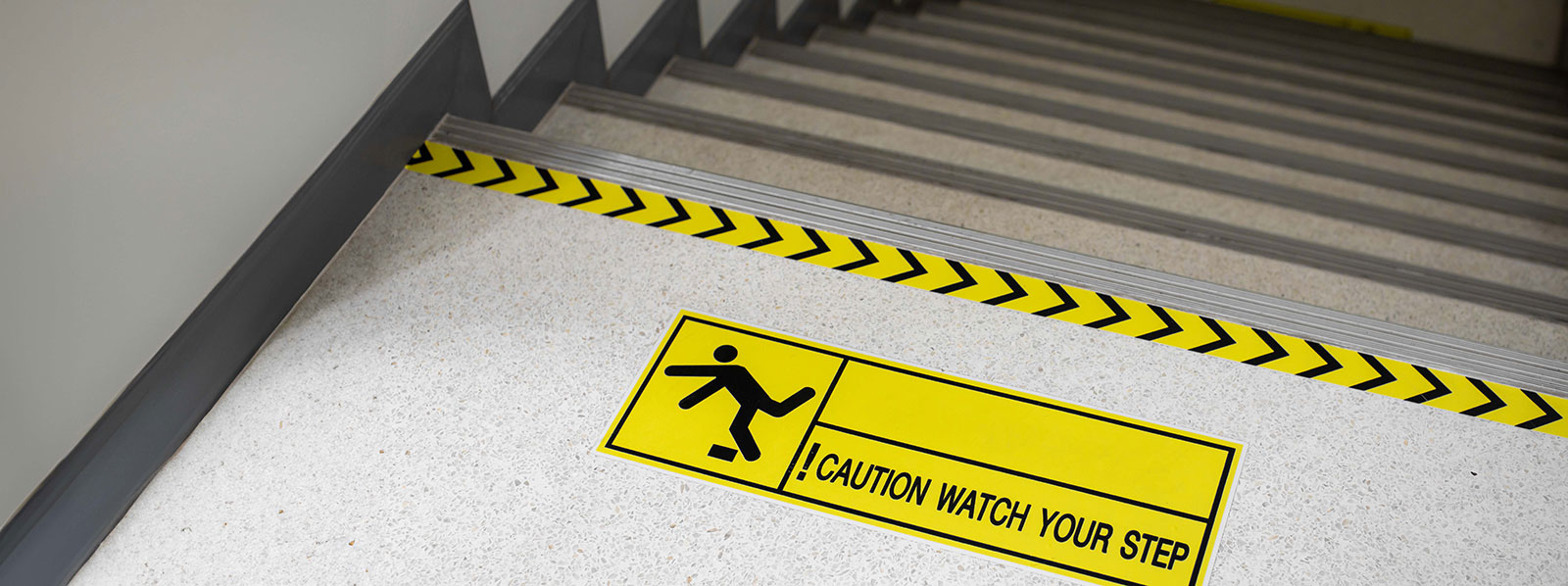
Many golf clubs still manage safety with paper-based systems: clipboards, spreadsheets, and inspection forms that get filed away after the day’s work.
They work for everyday tasks, but when something goes wrong, an injury, a claim, or a request for records, those manual systems can be hard to rely on.
Without clear, time-stamped evidence, it can be difficult to show what was done, when it was done, and by whom. That’s often the difference between proving due diligence and being treated as non-compliant.
What the Law Says
Under the Model Work Health and Safety Regulations 39–40, Australian work health and safety (WHS) laws require golf clubs, as employers or operators, to identify hazards, assess risks, and take all reasonable steps to keep people safe.
This includes recording and investigating incidents, taking corrective action, and being ready to show evidence when required. These duties are defined in the Model Work Health and Safety Act 2011 (s 19) and the Model WHS Regulations 2011 (Regs 37–40).In Victoria, similar obligations exist under the Occupational Health and Safety Act 2004 (Vic) and OHS Regulations 2017 (Vic).
Why This Matters
For golf clubs, safety gaps often don’t come from a lack of care. They come from missing or inconsistent records. A wet walkway, a damaged path, or an unserviced golf cart can all lead to incidents that are hard to defend if inspection or maintenance logs aren’t readily available.
While serious incidents are rare, they do happen.
Golf Australia’s Player Personal Liability Insurance Policy recorded a 129 percent rise in member injury claims since 2020, reaching 581 cases in FY2024 and more than $3.4 million paid out over five years. (Belvoir Park GC memo, Brydens Lawyers update)
Each claim triggers a review of inspection, maintenance, and incident records to determine what was done and when. If those records can’t be verified, the club’s defence becomes much harder, even when safety systems exist.
What Happens If You Don’t?
When an incident occurs, insurers and regulators don’t just look for policies. They look for proof. Missing or inconsistent documentation is one of the main reasons claims become delayed or disputed. The risk environment for clubs is also changing.
Golf Australia’s national Player Personal Liability Insurance Policy, which covers member-caused injuries and property damage, has been tightened for 2024–2025. The update added new exclusions, such as damage to golf carts and personal electronic devices, and introduced a $1,000 excess for property-damage claims where negligence is proven. (Brydens Lawyers update)
It also makes clear that cover does not extend to non-members or to a member’s own injuries. That means when incidents fall outside the GA policy, clubs must rely on private insurers — whose audits and documentation standards are often far stricter.
Without time-stamped maintenance logs, risk registers, or incident records, even well-run clubs can face disputes, delayed payouts, or reduced cover. As Inside Golf magazine noted in its “Golf Ball Liability” feature, liability in golf remains “murky,” and clubs face “substantial financial risks” under certain circumstances.
Many of these cases are settled privately, but they leave a clear lesson: when evidence of safety controls is missing, financial exposure falls back on the club.
How to Stay Ahead
Good safety systems don’t have to be complicated. What matters is that records are consistent, centralised, and easy to access when needed.
Start by:
- Logging inspections and incidents as they happen
- Storing all safety records in one secure location
- Tracking corrective actions through to completion
- Keeping evidence ready for insurers, boards, or auditors
That’s where Mydox makes it easier.
Clubs can complete inspections and incidents via QR code, attach photos, assign actions, and track progress in real time.
All records are time-stamped, securely stored, and accessible from any device, reducing admin and ensuring the club is audit-ready when it matters most.
In Summary
Having a safety system is one thing. Being able to prove it works is what protects your club. With Mydox, golf clubs can turn everyday safety checks into defensible evidence, keeping members, staff, and insurers confident that the club is in control.
Free Golf Club Risk & Safety Score Sheet
Want to see how your club stacks up?
Complete our free Golf Club Risk & Safety Score Sheet — a quick self-assessment designed specifically for golf clubs.
You’ll see where your club is strong, where it’s vulnerable, and how Mydox can help close the gaps.


